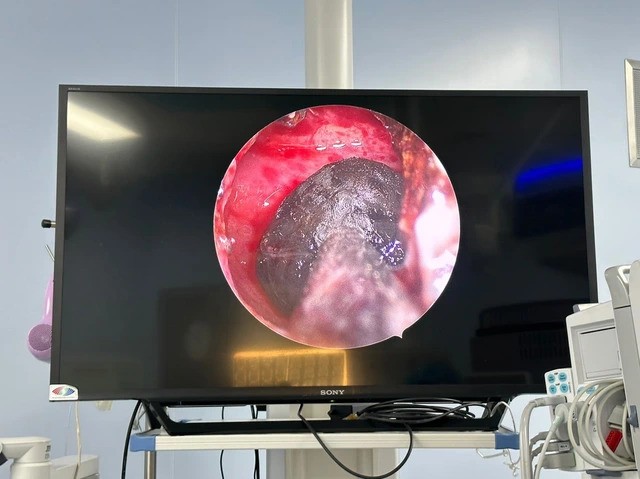
A 53-year-old female patient was admitted to the hospital with a persistent headache, without nasal congestion or runny nose. The patient occasionally smelled a faint foul odor in her nose. Previously, the patient had visited the doctor many times, taken medication, and even been hospitalized for treatment but did not improve.
CT scan results showed that the left sphenoid sinus was filled with fluid and suspected fungal tissue, with characteristic radiopaque spots. Nasal sinus endoscopy detected abnormal tissue in the left upper sinus. Although very worried about surgery, after many explanations from the doctor, the patient agreed to the surgery.
The surgery was performed by Dr. Tran Ngoc Quyen - ENT specialist, Hospital 22-12 ( Khanh Hoa ) using the method of nasal endoscopy. The doctors widened the sphenoid sinus opening, removed all fungal tissue and washed the sinus. The surgery took about 30 minutes, was minimally invasive, and did not require postoperative wick placement. After the surgery, the patient no longer had headaches and felt relieved. Pathological results confirmed that the fungus was Aspergillus.
Experts warn that sphenoid sinus fungus is a rare disease that often progresses silently and has atypical symptoms. Patients may only have a deep headache in the top or behind the eye socket, lasting for a long time and not responding to painkillers. In some cases, the fungus can also cause reduced or lost vision, even affecting the cranial nerves.
In particular, the sphenoid sinus is located close to important structures such as the optic nerve, internal carotid artery, pituitary gland and optic chiasm. If not detected and treated promptly, the fungus can cause serious complications, even life-threatening, especially in the invasive form in immunocompromised patients.
According to doctors, diagnosis is based on sinus endoscopy, CT scan or MRI, in which CT shows a characteristic calcified opaque mass in the sinus. Treatment is mainly endoscopic surgery to remove fungal tissue, combined with antifungal drugs in cases of suspected invasion or in immunocompromised patients.
The case of the 53-year-old patient is a clear demonstration of the importance of correct diagnosis and timely intervention. People with symptoms of prolonged headaches of unknown cause, decreased vision or cranial nerve symptoms should seek early medical attention to screen for sinus fungus, avoiding the risk of dangerous complications.
Source: https://baolaocai.vn/phat-hien-nam-xoang-buom-sau-nhieu-thang-dau-dau-am-i-post880099.html




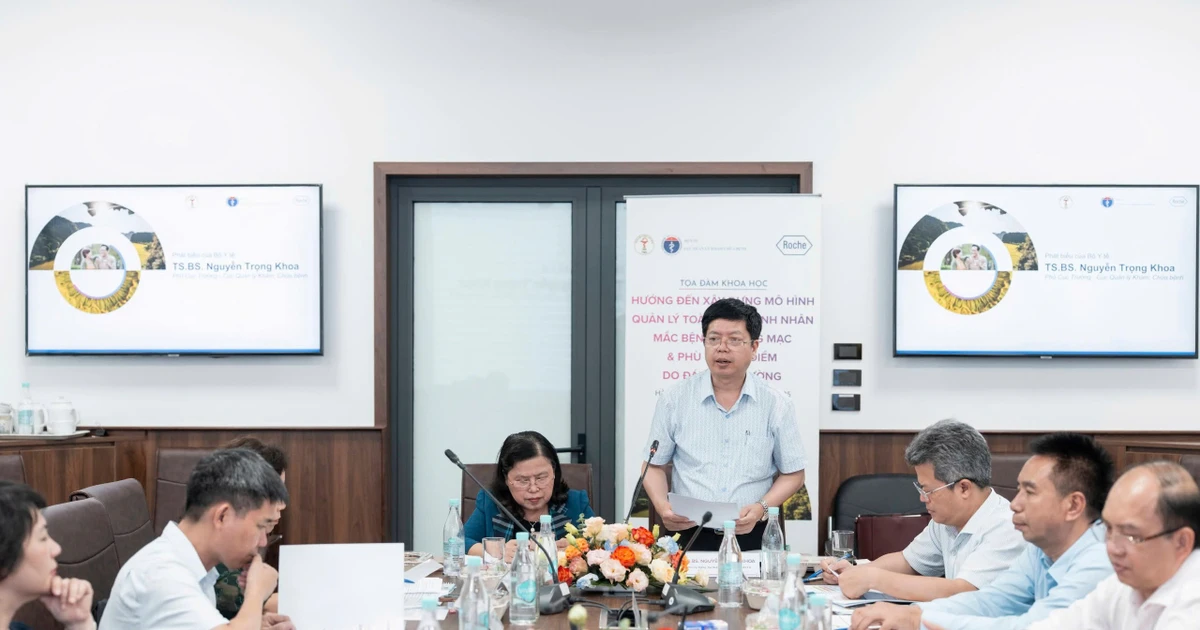


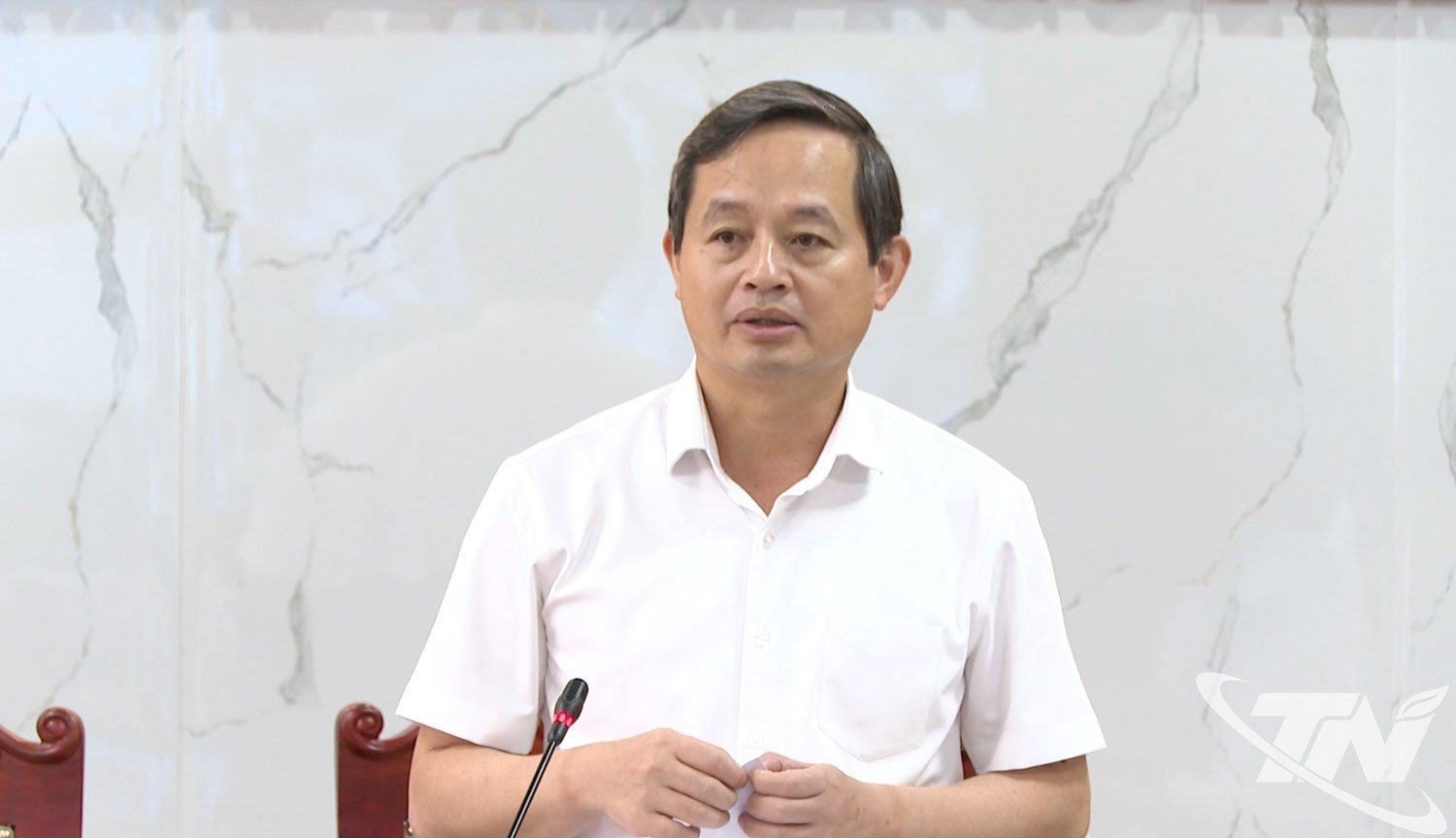
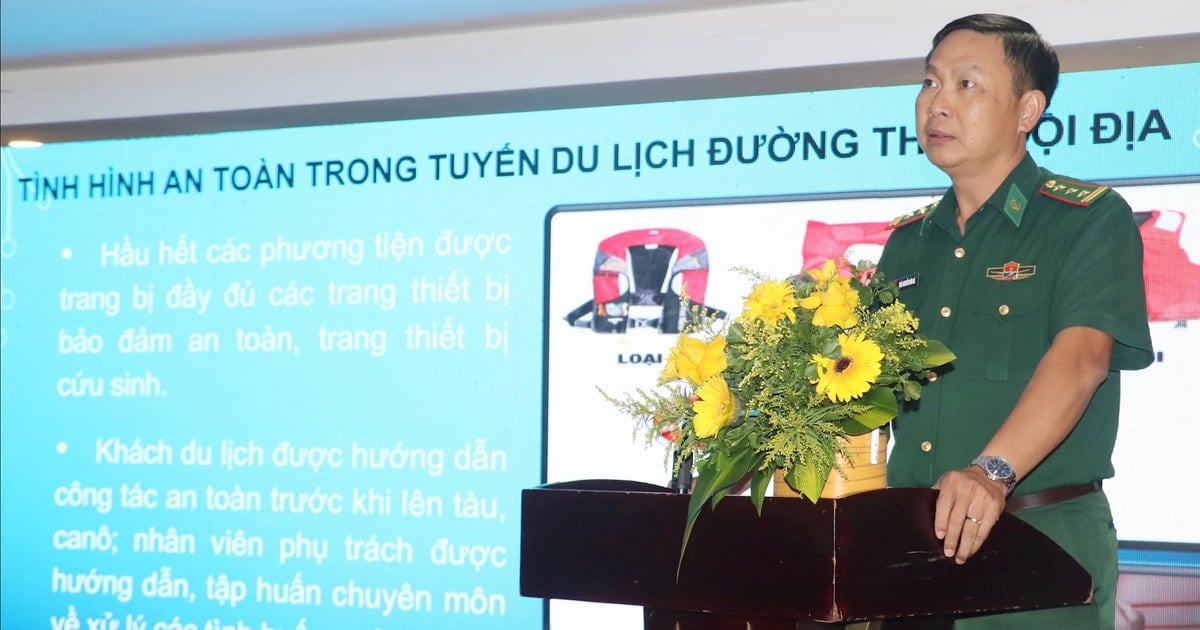

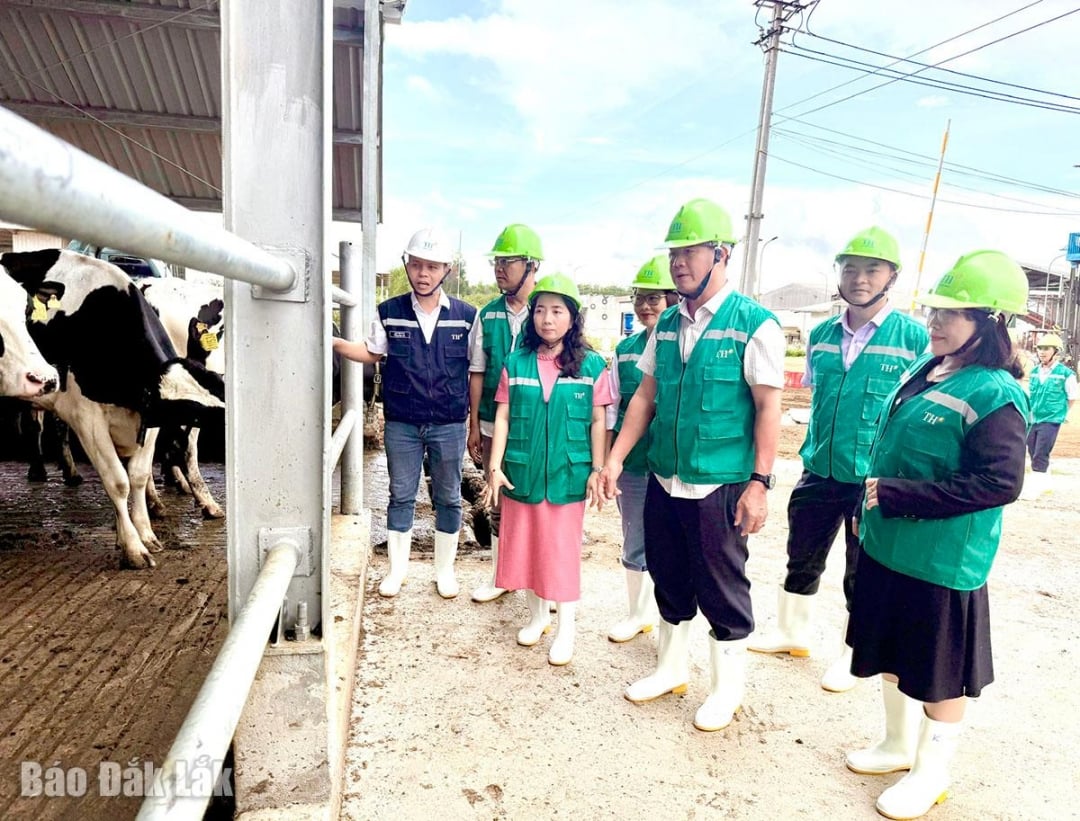

















![[Photo] Prime Minister Pham Minh Chinh receives Australian Foreign Minister Penny Wong](https://vstatic.vietnam.vn/vietnam/resource/IMAGE/2025/8/20/f5d413a946444bd2be288d6b700afc33)


![[Photo] Politburo works with Standing Committees of Lang Son and Bac Ninh Provincial Party Committees](https://vstatic.vietnam.vn/vietnam/resource/IMAGE/2025/8/20/0666629afb39421d8e1bd8922a0537e6)
![[Photo] An Phu intersection project connecting Ho Chi Minh City-Long Thanh-Dau Giay expressway behind schedule](https://vstatic.vietnam.vn/vietnam/resource/IMAGE/2025/8/21/1ad80e9dd8944150bb72e6c49ecc7e08)




























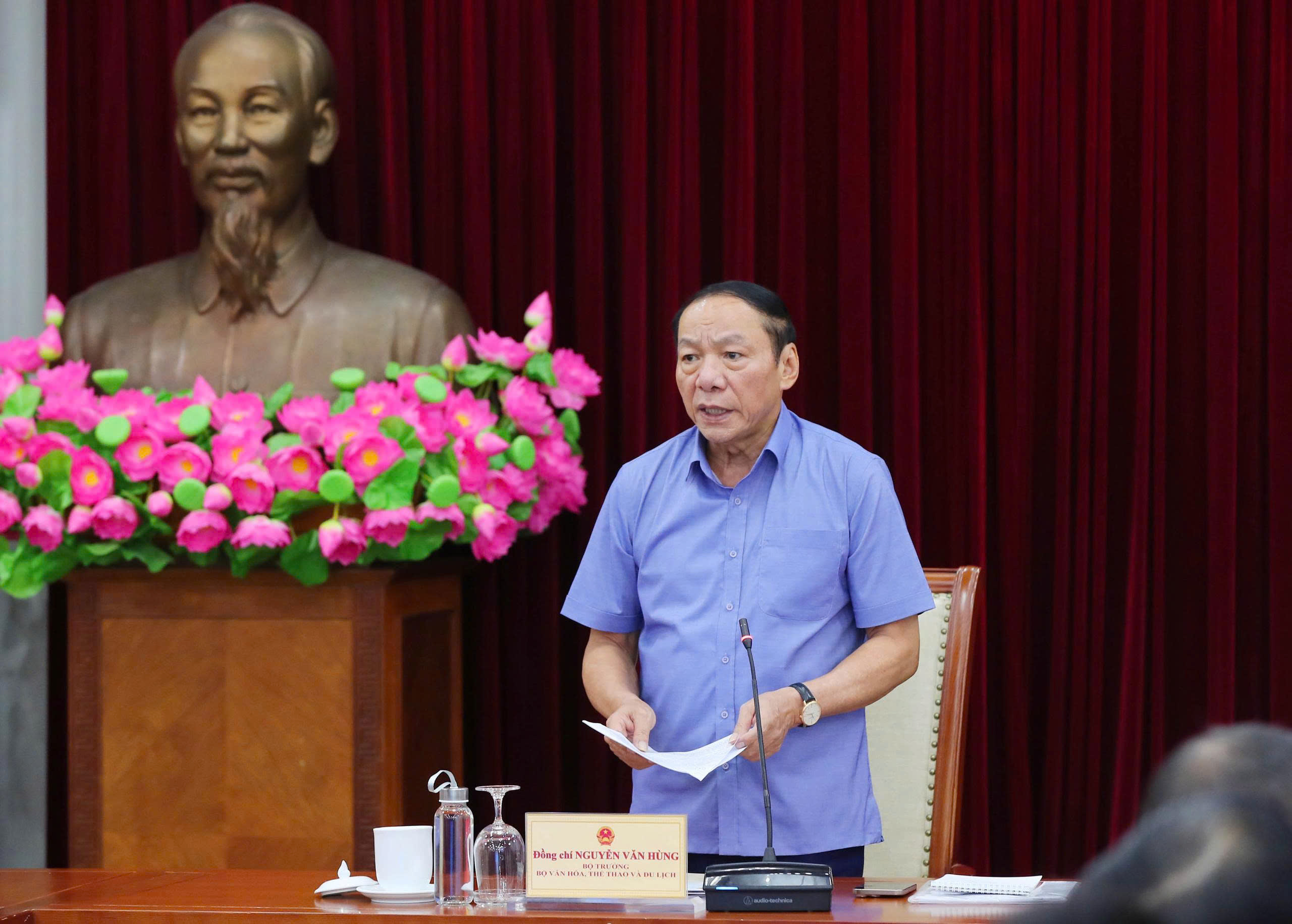






































Comment (0)